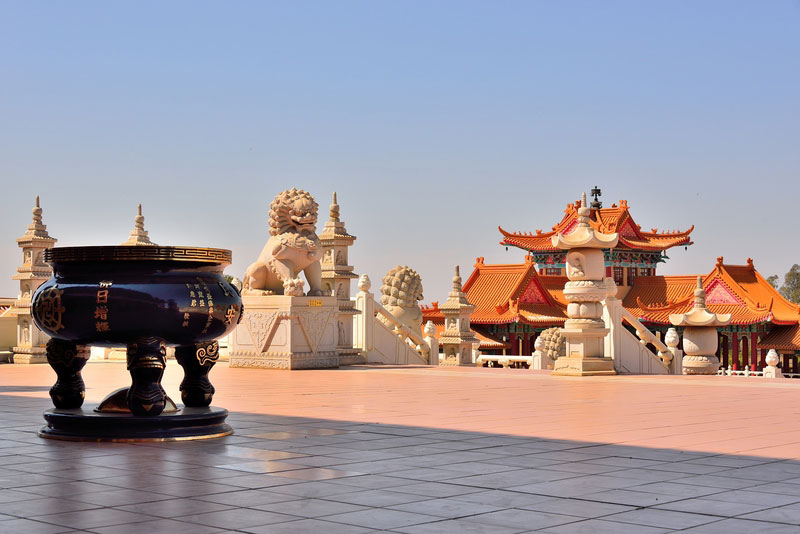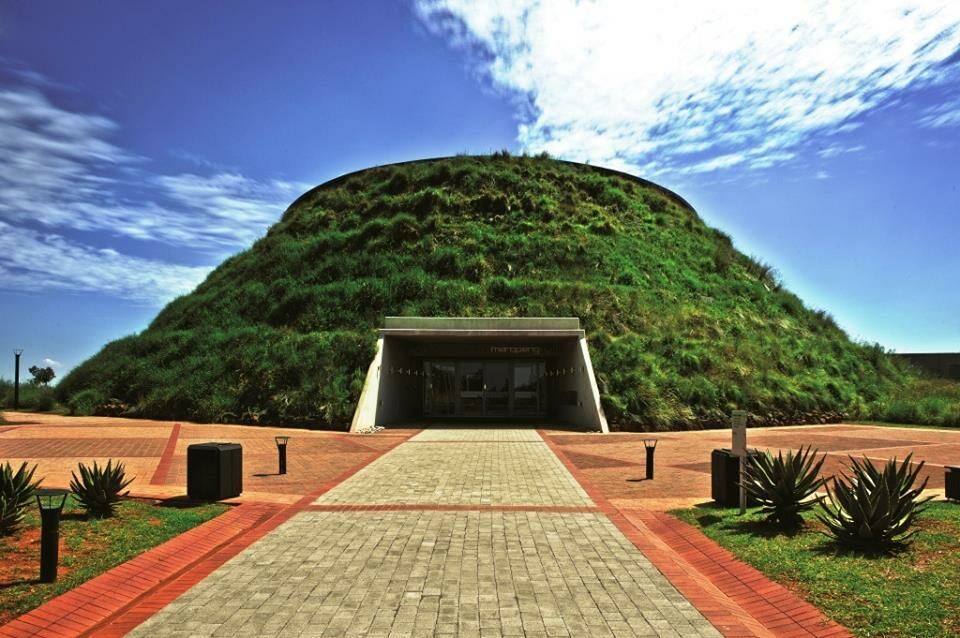Johannesburg North Attractions - The Facts
Johannesburg North Attractions - The Facts
Blog Article
The Single Strategy To Use For Johannesburg North Attractions
Table of ContentsIndicators on Johannesburg North Attractions You Need To KnowWhat Does Johannesburg North Attractions Mean?The Only Guide for Johannesburg North AttractionsThe 5-Second Trick For Johannesburg North AttractionsWhat Does Johannesburg North Attractions Mean?The Johannesburg North Attractions Ideas
The city owes its area to the presence of a a lot more valuable source: gold. The city expanded on the side of the Witwatersrand Key Coral reef, a subterranean stratum of gold-bearing quartz-silica empire that arcs for hundreds of miles beneath the Highveld. A lot of the gold mines in the city ceased operation in the 1970s, but in its day the Witwatersrand gold market represented even more than 40 percent of the globe's annual gold manufacturing.Johannesburg has a pleasant environment. Summertime temperature levels average about 75 F (24 C); winter season temperatures average regarding 55 F (13 C) and just occasionally dip below cold. The city enjoys about 8 hours of sunshine per day in both winter and summer season. Rainfall standards about 28 inches (700 millimetres) per year, however the total varies significantly from year to year.
What rainfall the city gets drops almost exclusively in the summertime, usually in incredible late-afternoon electrical storms. Air pollution positions a substantial problem, specifically in the cold weather, when thermal inversions impede the westward flow of air from the Indian Ocean. Air pollution is most extreme in the densely resolved Black areas on the city's periphery, where numerous homeowners still count on coal for gas.

Johannesburg North Attractions - Truths
The equilibrium of the city is occupied by whites. Holiday accommodation varies in personality and high quality. Soweto is notorious for its limitless rows of municipally constructed, two-room matchbox homes, yet it likewise has a couple of prosperous enclaves in addition to bristling squatter camps, where tens of thousands live without water, power, or sanitation centers.
Physical development, although somewhat limited by transportation, continued quickly as immigration to South Africa, and Johannesburg in particular, enhanced drastically.
The majority of inadequate suburban areas were blended, with poor blacks and whites living with each other, although the rich suburban areas were usually booked for whites. This altered with the election of the National Party in the 1948 elections, that started to formalise the system referred to as racism. Apartheid officially assigned which suburbs each race could stay in under the Team Areas Act.
The previous system of eleven phoned number regions was reorganised in 2006. Marshalltown, as seen from the top of the Carlton Centre. The M1 and M2 run behind the structures, and the southern suburbs prolong past the highway border. The inner city of Johannesburg is situated within the city's Region F. The approximated population of the area is 200,000, [] The number of individuals living in the internal city on an informal basis is unknown, as several are unlawful immigrants. Most higher-income citizens and white individuals have relocated to the northern suburban areas and have actually been replaced by lower-income black individuals. The joblessness, education, and age accounts of the area are all unknown, as a result of the difficulty of acquiring dependable info about the location.
Johannesburg North Attractions - Questions
Centred on the CBD, the region consists of the residential areas of Yeoville, Bellevue, Troyeville, Jeppestown, and Berea to the eastern. To the west it infects Pageview (Johannesburg North attractions) and Fordsburg. There are small enterprise zones to the south, such as City West-Denver and Benrose. Around 800,000 travelers pass with the central city each day, and it functions as a local shopping node for site visitors from the southerly residential areas. Yeoville and Bellevue have a mix of apartment structures and solitary residential units on tiny whole lots. The region is situated on a mountainous divide that runs from eastern to west. The most noticeable geographical function is Observatory Ridge, which is called for the huge observatory located on it. The recreational rooms are no longer made use of, as a result of protection troubles.

Johannesburg Stadium, a training school for both the Golden Lions and Orlando Pirates, is surrounding. The eastern suburbs of Johannesburg lie in the city's 7th [] and 9th [] areas. The area is also functionally integrated with East Rand border towns outside of the official limit of Johannesburg, such as Bedfordview and Edenvale (both component of Ekurhuleni Metropolitan Community).
Our Johannesburg North Attractions Diaries
The eastern suburbs are some of the earliest areas of Johannesburg, there are big communities of Jewish and various other European backgrounds, the majority of the population is English talking. There are three golf courses as well as a number of protected ridges with viewsites.
The location is mostly made up of old "matchbox" residences, or four-room homes built by the federal government, that were developed to supply affordable lodging for black employees during discrimination. Soweto is an abbreviation, meaning "South Western Townships". Street after street around is lined with matchboxes; nonetheless, there are a few smaller sized locations where flourishing Sowetans have constructed houses that are more similar in stature with those in even more upscale residential areas.
Hostels are one more popular physical attribute of Soweto. Originally developed to house male migrant employees, several have been improved as homes for pairs and households. The N1 Western Bypass skirts the eastern boundary of Soweto. The suburban area was not traditionally permitted to create work centres within the location, so mostly all of its homeowners are commuters to other components of the city.
The Ultimate Guide To Johannesburg North Attractions
The property areas in the north suburbs are generally formal, with no substantial areas of casual housing, or real estate that lacks an irreversible framework. This is a well-known area, there is a fad of land usage modification from residential to commercial, especially along main arterial roads and around well-known nodes.
The area is well linked to roadway networks, especially along the north-south axis created by the M1 and N1. Roadways to the east and west are less well created, as there are no freeways taking a trip in that direction. In the direction of the north border of the city, the thickness of growth decreases, leaving large areas of primitive land around Midrand.
Johannesburg North Attractions for Dummies
The first suburban area to the north of the internal city is Parktown, which is located on a hill neglecting the central city and check Hillbrow. It has lots of rich locals and Edwardian-design estates, along with the Education and learning and Clinical schools of the College of the Witwatersrand. The big site here concrete Charlotte Maxeke Johannesburg Academic Health Center controls the skyline of Parktown.
Report this page